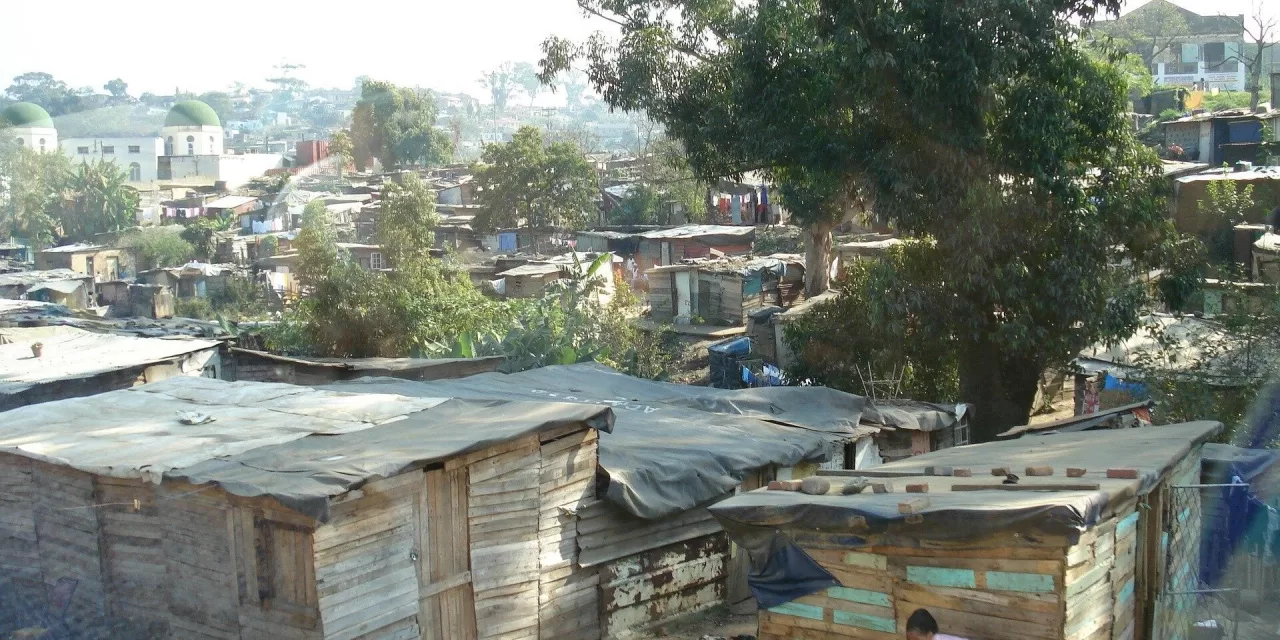February 2025
South Africa’s ongoing food poisoning crisis has sparked intense criticism of the government’s response, as researchers argue that the measures taken fail to address the underlying issues fueling the outbreak. The national disaster declaration in late 2024 followed a devastating food-borne illness outbreak that claimed the lives of over 20 children and left hundreds hospitalized.
Investigations by the National Institute for Communicable Diseases (NICD) traced the outbreak to toxic pesticides such as Terbufos and Aldicarb. These substances, commonly used in agriculture, have entered the informal market as unregulated “street pesticides” for rat control. The contamination has affected food products sold through informal outlets, including spaza shops, which are vital to many low-income communities.
In response, the government introduced measures such as mandatory registration for all food-handling outlets, including spaza shops, and widespread inspections of these businesses to ensure health and safety compliance. These steps have been hailed as a move in the right direction, but research from the Gauteng City-Region Observatory (GCRO) suggests they fall short of addressing the deeper, systemic issues that contributed to the outbreak.
The GCRO, a research institution focused on the development dynamics of the Gauteng City-Region, has spent over a decade studying the socio-economic conditions that shape the region. According to the GCRO’s findings, poor infrastructure and inadequate public services, particularly waste management, are key contributors to rat infestations and the subsequent spread of diseases. Without addressing these issues, experts warn that the government’s focus on compliance measures risks missing the broader, structural challenges.
GCRO’s flagship Quality of Life Survey, conducted every two years, sheds light on the dire state of basic services in Gauteng. The latest survey (2023/24) shows a worrying decline in access to essential services such as refuse removal. The percentage of households receiving weekly waste collection dropped from 83% to 74% between 2020/21 and 2023/24. Alongside this, satisfaction with local services also fell, from 75% to 64%, revealing an ongoing crisis in service delivery.
As the government intensifies its efforts to formalize informal businesses, including spaza shops, the potential consequences for low-income communities could be significant. Many of these small enterprises operate without the required formal documentation, such as zoning certificates or tax clearance. Under current regulations, any shop failing to register by the February 2025 deadline faces closure, jeopardizing the livelihoods of those who depend on them for food and income.
Moreover, while inspections of food outlets are critical to removing contaminated products, municipalities face significant challenges in enforcing compliance due to limited resources and capacity. Experts argue that inspections alone will not solve the problem. Instead, municipalities must improve their ability to enforce regulations consistently and prevent food contamination before it spreads.
The government has also established a R500 million (US$26 million) fund to support township and rural enterprises, including spaza shops. However, the fund’s stringent eligibility criteria—requiring business registration and tax clearance—have drawn criticism. As most spaza shops are informal, many will not qualify for this assistance, further excluding the businesses most in need of support.
While the government’s efforts address the immediate fallout from the food-borne illness crisis, they do not tackle the root causes of food insecurity and public health risks. To truly resolve these challenges, experts argue that South Africa must invest in essential infrastructure and services such as waste management, sanitation, and water delivery. Addressing these systemic failures would not only improve public health but also support the informal economy, which is crucial for the livelihoods of many South Africans.
Disclaimer: This article reflects the views of the Gauteng City-Region Observatory and its research findings. The information presented here is based on data collected up to the 2023/24 period and may be subject to change as new research and developments arise.












